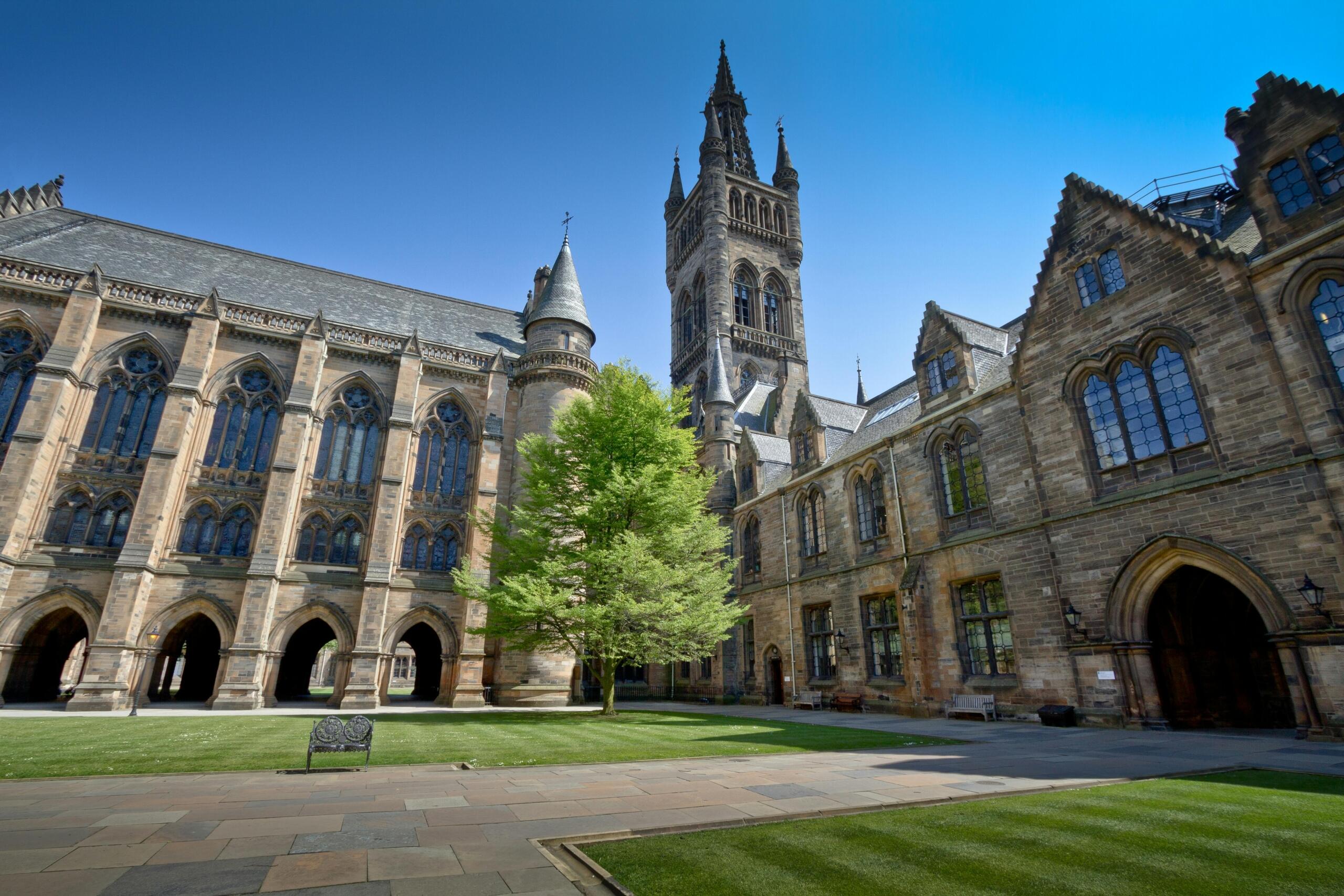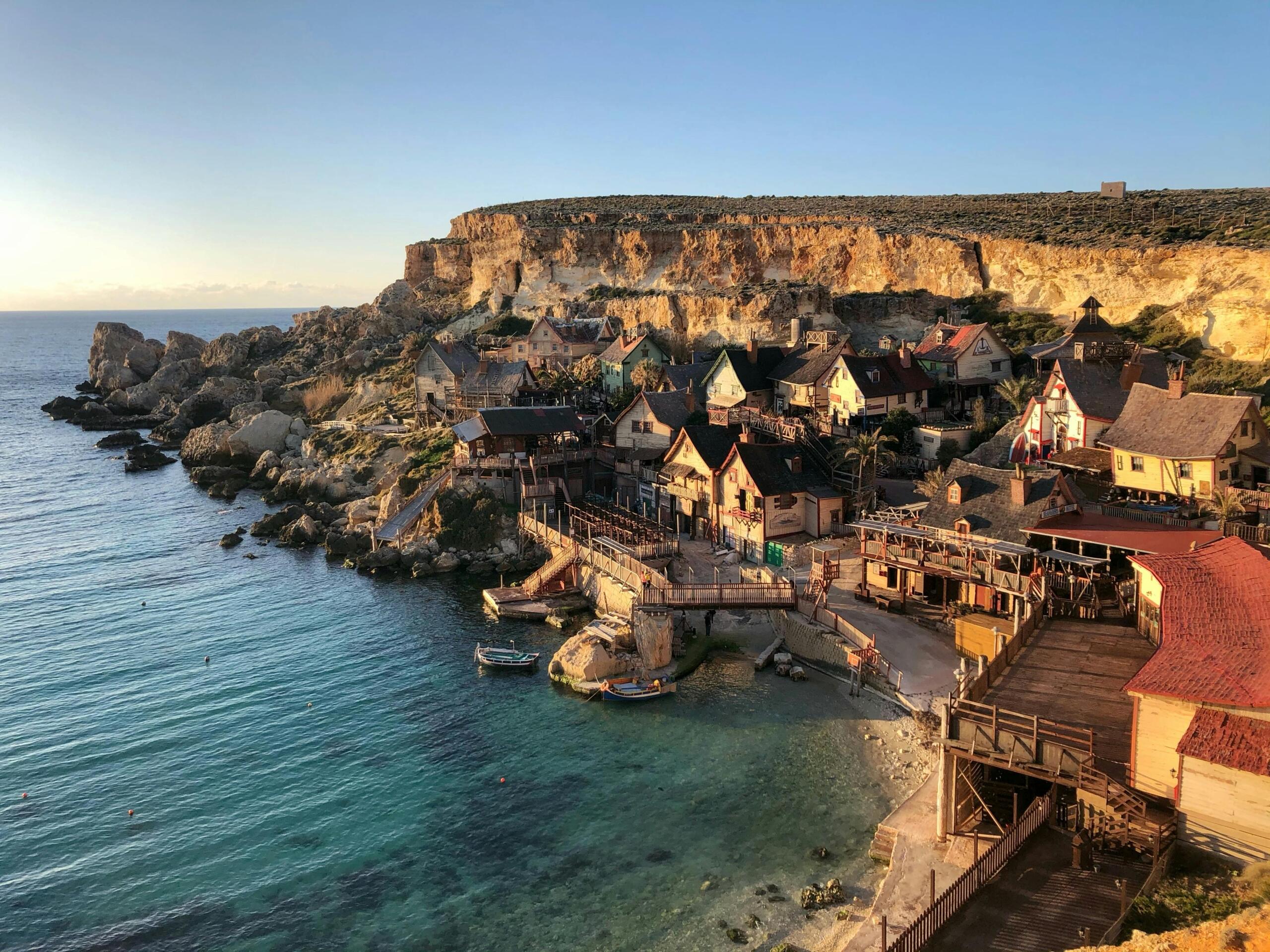Choosing a maths university in a small, English-speaking EU country can feel simpler than ranking twenty separate departments. Malta’s landscape is compact. Degrees are taught in English, and qualifications are mapped to the Malta Qualifications Framework and referenced to the EQF so your level is readable across Europe.
Unlike the UK league-table format, the real decision in Malta is about fit. You weigh programme shape, entry rules, English bands, and how well the streams match the skills you want from university math courses. Below, you will find how to choose, where to study, what you will learn, and the admin to plan so your studies actually work.
The University of Malta is the only public research university on the islands and hosts over 1,000 international students from more than 90 countries each year 🌍

How to choose the right path at a maths university in Malta
- Programme shape: look at how much compulsory mathematics sits in Years 1–2 and how much freedom you gain later through streams or options.
- Entry rules: confirm the subject mix and grade thresholds, and if your schooling is not Maltese, check that your award can be recognised against MQF and EQF via MQRIC.
- English band: international entrants usually show a Secure English Language Test. UM publishes undergraduate bands and offers the ISET alternative, with validity windows noted.
- Practicalities: factor costs, commute, labs, and if you are non-EU, visa, e-Residence and part-time work. Malta allows up to 20 hours per week after the first three months of study, subject to Jobsplus licensing and sector conditions

Where to study maths in Malta
Malta’s options fall into three clear buckets. Before the list, a quick note. Always verify the provider and programme on MFHEA’s site and the Malta Qualifications Database, then read the latest programme page for streams, entry and English specifics.
University of Malta (UM)
UM is the public research university and the primary home for a mathematics degree. Instruction is in English, and international applicants meet the published bands or sit ISET. Most mathematics study-units are compulsory in Years 1–2. In Year 3, you choose one of four streams: Applied Mathematics, Graph Theory and Combinatorics, Functional Analysis and Topology, or Biomathematics. These streams let you specialise while keeping breadth.
Good fit if you want
- Pure or applied depth: a transcript that clearly signals proof fluency, modelling skill, networks or biomathematics.
- Project credibility: capstone work that trains technical writing and presentation as well as technique.
Watch for
- English timing: book your SELT or ISET so the score is valid on your start date.

Malta College of Arts, Science & Technology (MCAST)
MCAST delivers applied routes mapped to MQF levels. Mathematics underpins engineering and ICT programmes, and the prospectus shows level, credits and progression paths so you can plan staged moves into quantitatively intensive work or further study.
Good fit if you want
- Hands-on learning: labs and projects that blend maths with technology.
- Stepping stones: visible progression through MQF levels with credit loads specified.
Watch for
- Title versus content: some routes are not titled “Mathematics,” so scan the module list for the real maths load.
and description
American University of Malta (AUM)
AUM is a licensed private provider teaching in English. Admissions sheets list minimum undergraduate language bands, and AUM may request a recent English test from any applicant. If you are exploring quantitatively heavy degrees housed outside a maths department, verify the expected mathematics preparation and the entry band.
Good fit if you want
- English-medium delivery with published bands and clear documentation.
Watch for
- Recency rules: check that your English score is still valid when you matriculate.
Every maths stream at UM — Applied, Graph Theory & Combinatorics, Functional Analysis & Topology, and Biomathematics — includes a capstone project that tests both your problem-solving and communication skills 🧮

University math courses you will actually encounter
Titles vary, yet the spine looks familiar worldwide. Foundations first, then depth.
- Foundations: analysis, algebra, probability and statistics, linear algebra, numerical methods, computational basics.
- Depth via streams: you specialise in Year 3. UM’s streams are Applied Mathematics, Graph Theory and Combinatorics, Functional Analysis and Topology, and Biomathematics.
- Adjacent options: depending on provider, you may add computing, operations research or statistics to match your career aim.
How to read module lists
- Contact hours and assessment: problem sheets, proofs, labs or code, each builds different habits.
- Pre-requisites: check that you can actually unlock the options that lead to your target skill set.
- Project signals: employers notice projects that turn a real question into a model and communicate results clearly.
Malta maths options at a glance
(Use this to shortlist providers before you dive into unit descriptors)
BSc Mathematics and joint routes; Year 3 streams in Applied, Graph Theory and Combinatorics, Functional Analysis and Topology, Biomathematics
MQF-mapped engineering and ICT routes with substantial mathematics. Programme-specific requirements by level
English-taught undergraduate degrees with quantitative components

Entry requirements, recognition and English
If you are completing secondary school in Malta, Advanced or Pure Mathematics at upper-secondary level is central to your application. If you studied elsewhere, universities rely on MFHEA’s MQRIC service to map your award to MQF and EQF levels. That is how a wide variety of school-leaving credentials can be judged on the same baseline.
For English, UM publishes undergraduate bands, accepts several examining boards, and notes validity windows. AUM publishes minimums and may ask for a recent test from any applicant. Confirm the exact band for your programme before you book.

Life admin that actually affects your studies
Picking a maths university is also a life choice. A realistic setup helps you study well.
- Costs and commute: tuition bands are predictable, yet housing and transport vary. Put books or software, local travel and permit fees into the plan.
- Residence and part-time work: non-EU students on courses over 90 days can work up to 20 hours per week after the first three months, subject to conditions. Treat work as a buffer, not a pillar, so labs and problem classes stay intact.
- Study rhythm: before Week 1, rebuild a compact formula sheet from memory, rewrite two proofs in your own words, and add a short coding routine so foundations stay warm.
- Support: if a single topic keeps blocking progress, a couple of one-to-one sessions with a tutor on Superprof can unlock it quickly without derailing your timetable.

Application timeline for Malta-bound students
You do not need UCAS for Malta, yet an early, steady cadence still helps.
- May to June - Research programmes and shortlist providers. Compare unit lists, streams and English bands.
- July to August - Draft your personal statement and line up references. Prepare your qualification documents and, if needed, translations.
- September - Submit your application directly to the provider. Include your statement, education history and evidence of required subjects.
- October - Book English tests if you still need them, and register for institutional assessments if required.
- November to December - Send results as soon as you receive them. If you miss a band by a narrow margin, plan a retake within the validity window.
- January to March - Offers and decisions. Keep one ambitious option and one safe option in play.
- April to July - Residence steps for non-EU students, including visa and e-Residence plan.
- August to September - Arrival and setup. Confirm housing, register for study-units, find your study spaces and join a problem-solving group.
Which maths stream would you most like to specialise in at the University of Malta?














